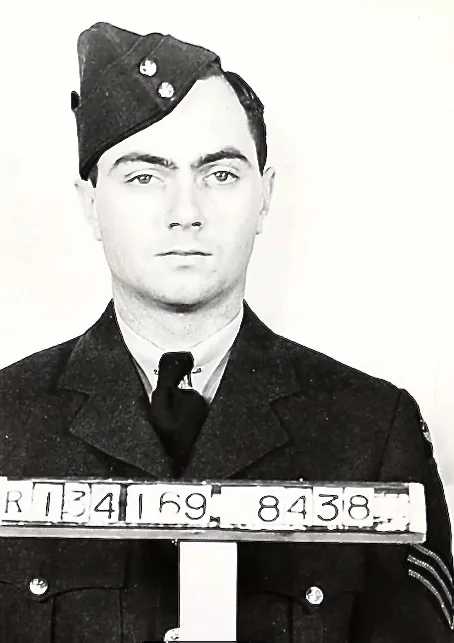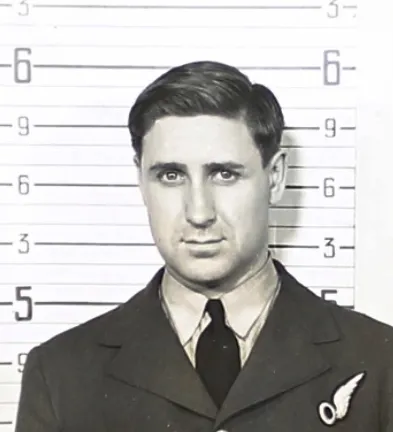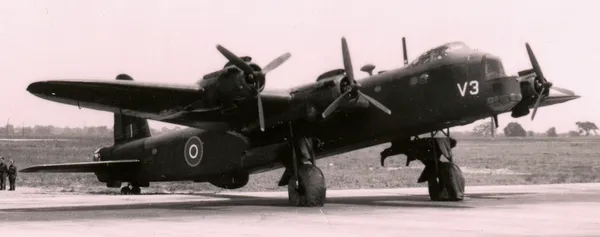Stirling Mk IV EF-268 "R" was shot down by flak while carrying paratroopers on the D-Day assault as part of Operation TONGA, to Caen, France.
The aircraft crashed at Dives-sur-Mer, near the Houlgate coastal battery, France.
Killed includes Caskey: Flying Officer Thomas Frederick Barker RCAF J/14207 KIA La Delivrande War Cemetery, France Sp. Mem. III. K. 1. Flight Sergeant James Hewitt RAF KIA La Delivrande War Cemetery Sp. Mem. III. K. 3. Flight Sergeant Arthur Welch Jackson RAF KIA La Delivrande War Cemetery grave V. E. 2. Sergeant Alan Lacy Smith RAF KIA La Delivrande War Cemetery Sp. Mem. III. K. 2. Flight Sergeant Robert Alfred Sparkes RAF KIA La Delivrande War Cemetery Sp. Mem. III. K. 4.
Flying Officer I N Caskey (RCAF), Flying Officer T F Barker (RCAF), FS A W Jackson (RAFVR), FS J Hewitt (RAFVR), FS R A Sparkes (RAFVR) and Sergeant A L Smith (RAFVR) were killed, as well as paratroopers L/Cpl AHJ Beard, Sergeant JA Beech, Pvt J Cavey, Cpl H Denham, Pvt PS Finch, Pvt F Garnett, Pvt W Hek, Pvt P Hughes, Sergeant EW Jarvis, Pvt D Kerr, Pvt R Kingsley, L/Cpl LH Phillips, Pvt JW Smith, Pvt CK Stringer, Pvt CC Stubbins, Pvt CJ Surman, Pvt MJ Trueman, Pvt J Walker, Pvt LC Wey and Sergeant ES Hounslow, all of the 7th Battalion of the Parachute Regiment (R Tebbutt) Memorial at Hillside Cemetery, Portage la Prairie, Manitoba, Canada


